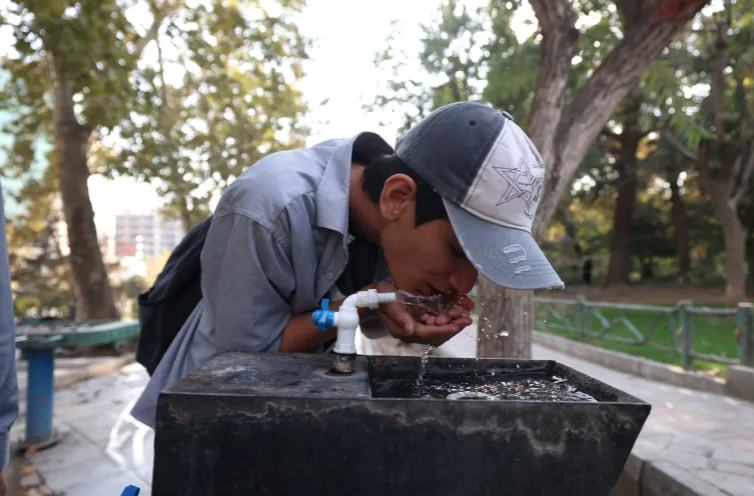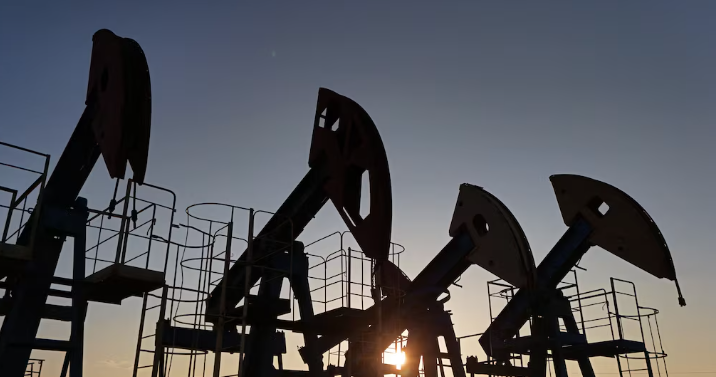WORLD NEWS

Iran is grappling with one of the worst water crises in its history, with authorities scrambling to supply drinking water across the country, particularly in Tehran. President Masoud Pezeshkian warned that if the country receives no rain by next month, water rationing may be unavoidable, and the city of 10 million could even face evacuation.
While experts say evacuating Tehran is unlikely, Pezeshkian’s warning highlights the immense burden facing a country of over 90 million people, already struggling under sanctions and economic hardships.
Six Years of Drought
Iran is experiencing its sixth consecutive year of drought, and recent heatwaves pushed temperatures above 50°C (122°F) this summer. The past water year was among the driest on record, and the current year has seen only 2.3 mm of precipitation by early November, an 81% drop from historical averages.
Dams and Water Supplies at Risk
Nineteen dams are near empty, including the five major reservoirs supplying Tehran: Lar, Latyan, Karaj (Amir Kabir), Taleqan, and Mamloo. These dams are at about 10% capacity, with images from the Karaj reservoir going viral as a swimmer walked in areas previously submerged.
Limited Options for Authorities
Iranian authorities are left with few options besides rationing. Energy Minister Abbas Aliabadi stated that water supply could be fully shut off at night if necessary. Damage to infrastructure from the June conflict with Israel, as well as high water consumption in urban areas, has compounded the problem.
Experts warn that reducing household water use alone will not solve the crisis, as over 90% of water is consumed by agriculture. Farshid Vahedifard, a civil and environmental engineering professor at Tufts University, said, “The human toll, both economic and social, will be severe unless substantial rain and snowfall occur.”
Long-Term Mismanagement
Iran’s chronic water shortage stems from decades of mismanagement. Former deputy head of Iran’s Department of Environment, Kaveh Madani, described the country as “water bankrupt,” citing overreliance on dams, groundwater depletion, and poor planning.
Despite Iran’s laws requiring 85% domestic food production, much of the country’s water-intensive agriculture is inefficient, wasting nearly 30% of produce. Meanwhile, urban centers like Tehran rely on distant aquifers, leading to widespread land subsidence and ecosystem collapse in central and southeastern regions.
Calls for Structural Reform
Experts say Iran must shift from supply-oriented solutions to resilience-based management, focusing on aquifer restoration, groundwater recharge, infrastructure investment, and integrated water–energy–agriculture planning. Vahedifard emphasized that equitable water management is not only a matter of fairness but critical to social cohesion and environmental stability.
Without immediate intervention and long-term reforms, Iran faces escalating social unrest, economic strain, and environmental degradation.




